PROTECT YOUR DNA WITH QUANTUM TECHNOLOGY
Orgo-Life the new way to the future Advertising by AdpathwayHeirloom tomatoes are some of my favorite crops to grow for my personal kitchen, restaurant tables, and the farmers’ market stand. The fruits come in a stunning array of colors, shapes, flavors, and sizes, so you can find tomatoes that are perfect for salads, burgers, canning projects, and more.
Growing heirlooms is similar to growing hybrid tomatoes, but these open-pollinated varieties sometimes lack some of the disease resistance and vigor present in more modern cultivars. Providing the proper care encourages healthy plants and large harvests.
Here are a few heirloom tomato tips that will help you keep diseases away and allow plants to produce loads of flowers and fruits.
Cherokee Purple Pole Tomato

Cherokee Purple Pole Tomato Seeds
San Marzano Roma Pole Tomato

San Marzano Roma Pole Tomato Seeds

Know Your Variety
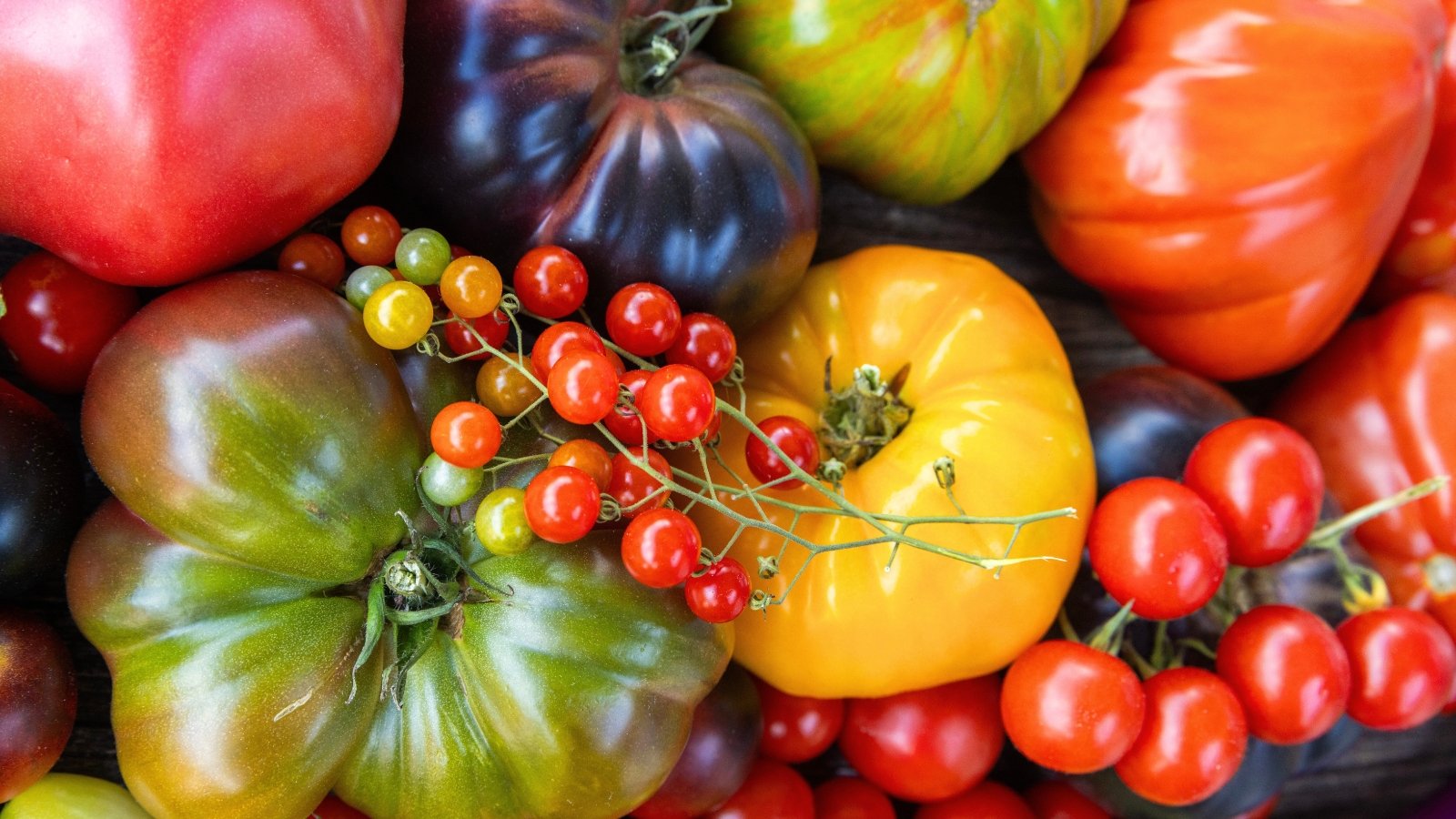 Understanding your variety is essential for care.
Understanding your variety is essential for care. There are hundreds of heirloom tomato varieties. Knowing which one you’re growing is the first step in providing proper care. Some heirlooms produce small fruits that begin to ripen a little after two months after transplanting, and others take more than three months to form large tomatoes that are ready to pick.
Knowing how long your plant takes to produce ripe fruit, which diseases it’s susceptible to, and the color of ripe tomatoes will help you care for your plants and pick tomatoes at the perfect time.
Exploring the various options available can also help you select one that’s best suited to your needs and climate. If you live in an area with a short growing season, pick an heirloom tomato with a fast time to maturity. And if you know you deal with certain diseases, look for a variety that’s resistant to this specific pathogen.
Water Consistently
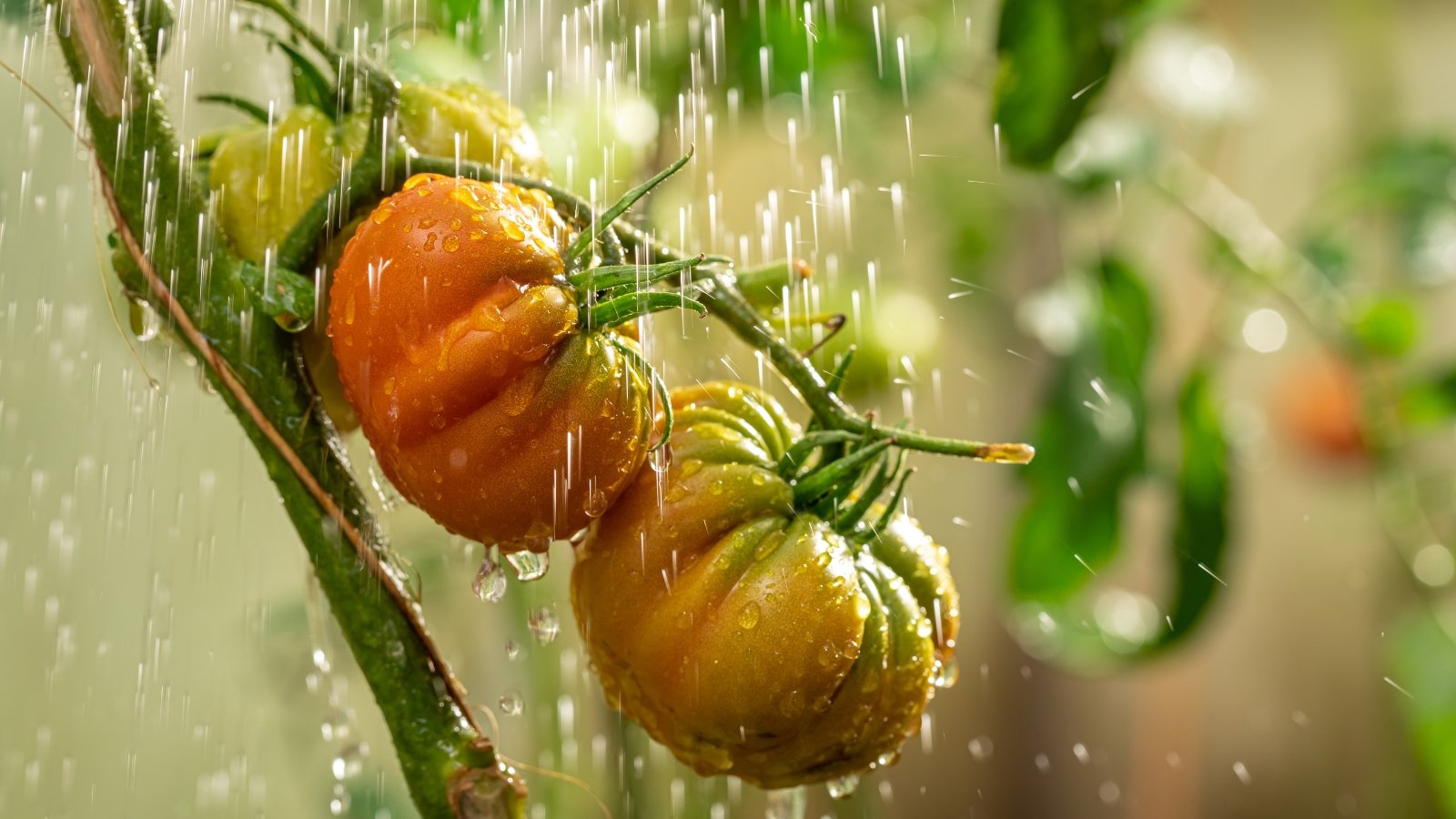 Moist soil creates tasty tomatoes.
Moist soil creates tasty tomatoes. Providing water is a key part of keeping your tomato plants healthy, but consistent irrigation is one of my top heirloom tomato tips.
Large heirlooms like ‘Brandywine’ and ‘Cherokee Purple’ are particularly prone to cracked skin. While these cracked tomatoes are still perfectly edible, cut skin and open flesh leave the fruits exposed to pathogens and rot.
Cracks often appear near the stem or along the bottom of the fruit due to sudden changes in moisture. When the water shifts from dry to wet, the plants suddenly take up moisture that eventually makes its way to the fruits. These tomatoes swell, and in some cases, the skin can’t expand quickly enough to keep up with the growing interior.
Keeping the soil consistently moist is one heirloom tomato tip to avoid these unwelcome cracks. Watering on a set schedule may seem like the easiest way to accomplish this, but remember that variables like rainfall, temperature, and plant size all impact the soil moisture level. Instead, regularly check the soil moisture level and aim to keep the top six inches relatively moist.
Unless you’re growing in a high tunnel or other covered structure, it’s impossible to avoid the moisture fluctuations that occur from heavy rainfall. If you’re expecting a big storm, pick any partially ripe tomatoes beforehand.
Provide Support
 Supporting vines limits issues with pests and diseases.
Supporting vines limits issues with pests and diseases.Most heirloom tomatoes have an indeterminate growth habit. This habit means they’ll continue to grow and produce flowers as long as they’re alive. Healthy plants can easily grow over six feet tall, and the trailing stems regularly reach over ten feet.
This impressive height means heirloom tomatoes can produce many flowers and fruits, but it also means the plants can quickly become unruly. That’s why providing support is one of my top heirloom tomato tips.
If left untrellised, the plants will sprawl across your garden, taking up a lot of space and making it difficult to harvest the ripe fruits. Wild plants that grow in contact with the soil are also more likely to develop devastating diseases, such as early blight, septoria leaf spot, and anthracnose.
Supporting your plants to help keep them upright is a key heirloom tomato tip. Not only will this make the plants easier to manage and harvest, but it will also keep them healthier and extend your harvests.
You can choose from various tomato trellis options, ranging from a simple metal tomato cage to T-posts and string. Remember that the plants will probably grow more than six feet tall, so choose an option that supports this tall growth.
Keep the Soil Off the Plants
 A layer of mulch creates a barrier between soil and foliage.
A layer of mulch creates a barrier between soil and foliage. Disease is one of the main reasons that plants die before the growing season is over. Some diseases, such as early blight and bacterial speck, spread through the air and infect plants when they come into contact with their foliage. Other diseases are soil-borne and infect plants when the soil splashes onto the plants’ leaves.
If you want to prevent verticillium wilt, fusarium wilt, and other diseases that lie in wait in the soil, keep soil off the plants. Trellising can help with this, but you can also take additional steps. Follow these heirloom tomato tips to help prevent diseases.
First, mulch the area around the base of your tomato plants. You can use woodchips, straw, or landscape fabric to cover the soil. This will stop soil from splashing onto the leaves when it rains, prevent weeds, and conserve water.
Pruning off the plant’s lower leaves will also help prevent diseases from making their way onto the foliage. Even if you don’t want to complete intensive pruning, take a minute to snip off any leaves that are within a foot of the ground.
Pay Attention to Soil Health
Pairing stunning heirloom tomatoes with healthy soil yields tomatoes with exceptional flavor. Robust soil also helps keep plants healthy, so you can enjoy larger harvests over an extended period.
Soil health is a complex topic, but you can break it down into three key components: physical, chemical, and biological.
Physical Soil Health
 Tomato soil should drain well while retaining some moisture.
Tomato soil should drain well while retaining some moisture. The physical element refers to how well a soil drains, holds water, and allows air to circulate around the plant’s roots. Heirloom tomatoes can grow well in any type of soil as long as it holds some water while allowing excess water to drain. Compacted soil can inhibit drainage and aeration.
If you notice your soil is difficult to stick your finger into, aerating it before planting will help keep your tomatoes healthy. You can insert a digging fork or shovel into the ground and lightly pull back on the handle until the soil cracks. Repeat this heirloom tomato tip every six to ten inches to thoroughly aerate the ground.
Biological Soil Health
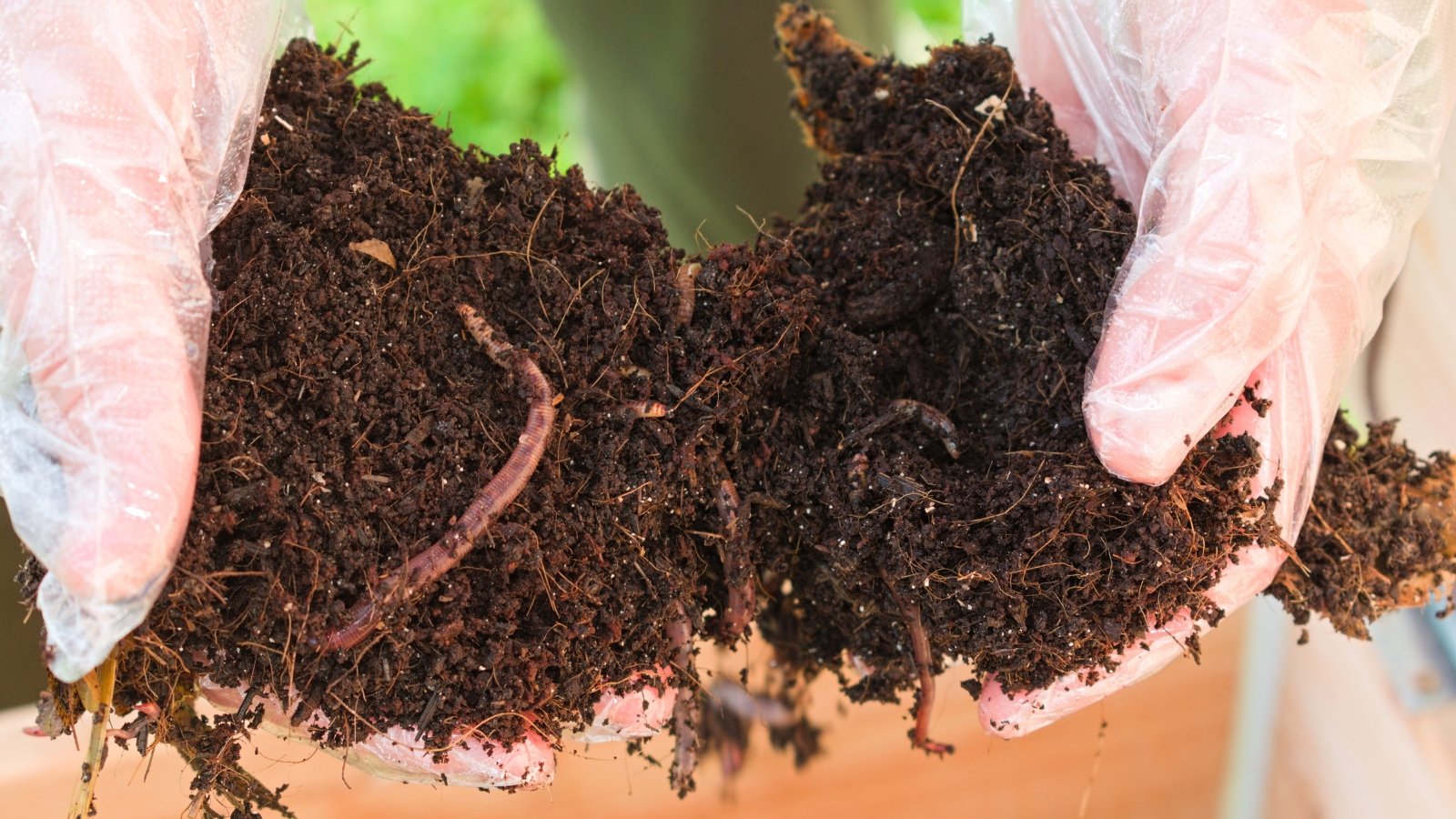 Encourage healthy soil by amending with organic matter.
Encourage healthy soil by amending with organic matter. You may think of soil as an inert material, but healthy ground is teeming with all sorts of life. Healthy microorganisms help break down organic material and make nutrients available to plants. These good bacteria are especially important if you’re using organic fertilizers.
Adding organic materials like compost to the soil provides food for these beneficial microbes. Biologically rich compost can also introduce good bacteria to the soil. Keeping the soil moderately moist, avoiding major tillage, and utilizing cover crops can also help improve the biological activity in the soil.
Chemical Soil Health
 Tomatoes are generally considered heavy feeders.
Tomatoes are generally considered heavy feeders. Heirloom tomatoes require a wide range of nutrients to thrive. Like most plants, they require a high amount of the three macronutrients: nitrogen, phosphorus, and potassium. They also need some of the secondary nutrients and micronutrients to help them fight disease, photosynthesize, and complete other essential processes.
In most cases, you’ll need to add fertilizer to the soil to provide your tomatoes with the necessary nutrients. A blended tomato fertilizer provides the proper ratio of macronutrients as well as necessary micronutrients. Adding rock powder, kelp meal, or worm castings also adds small doses of micronutrients that plants require in small amounts.
If you use organic fertilizers, make sure you pay attention to the soil’s biological activity. Most organic nutrients aren’t available to plants until bacteria break them down.
Take Note of Poor Fruit Set
 If issues arise, you may need to hand-pollinate.
If issues arise, you may need to hand-pollinate. If you notice your plant has lots of yellow flowers but few tomatoes, something is wrong.
Poor pollination is one reason for a lack of tomatoes. Bees are the primary pollinators of the plant’s small yellow flowers, so a healthy insect population is key for fruit set. You can encourage a healthy pollinator population by avoiding broad-spectrum insecticides and planting a diversity of flowering plants.
High temperatures can also cause issues with fruit set. Daytime temperatures above 100°F (38°C) can lead to problems with pollen formation and tomato production. Extended nighttime temperatures above 80°F (27°C) can also inhibit tomato production.
While you can’t do much to change the air temperature, knowing how temperature can affect fruit production helps explain reductions in fruit set.
Know When to Harvest
 Picking your tomatoes at the right time maximizes your harvest.
Picking your tomatoes at the right time maximizes your harvest. Many gardeners think that tomatoes taste best when they’re picked fully ripe. While there’s nothing wrong with harvesting soft, ripe fruits, waiting until the tomatoes are entirely red or orange increases the chances of cracking, insect damage, and other issues. Leaving ripe tomatoes on the plants will eventually lead to soft, rotten fruit.
One of my top heirloom tomato tips is to harvest when the fruit is about half-ripe. The tomatoes will continue to ripen off the plant, and you won’t be able to detect any differences in flavor or texture. Just make sure to allow the tomatoes to ripen at room temperature out of direct sunlight.
Harvesting your heirloom tomatoes two or three times a week is generally sufficient, but feel free to harvest more often.


 18 hours ago
7
18 hours ago
7



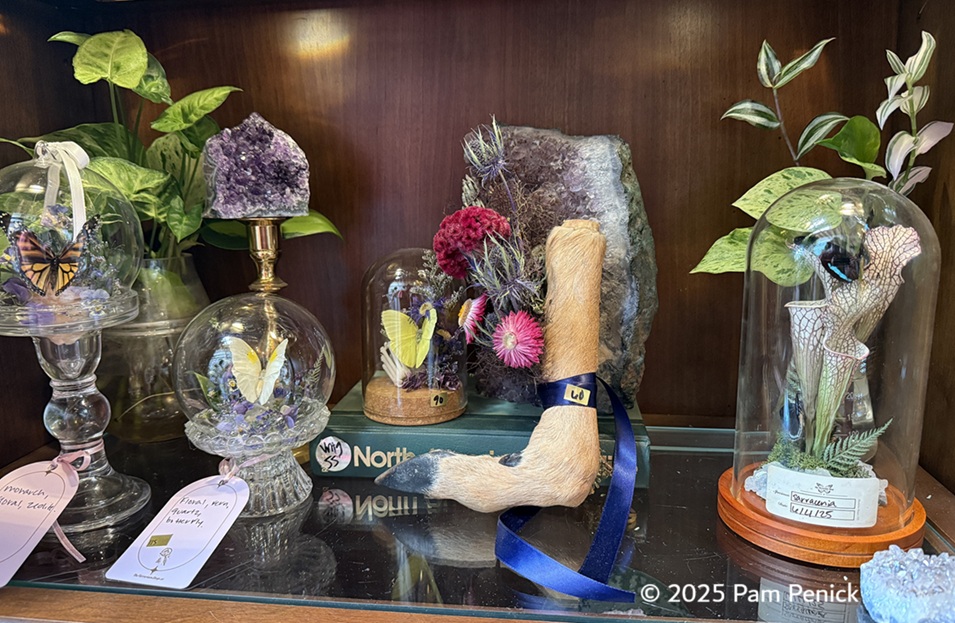

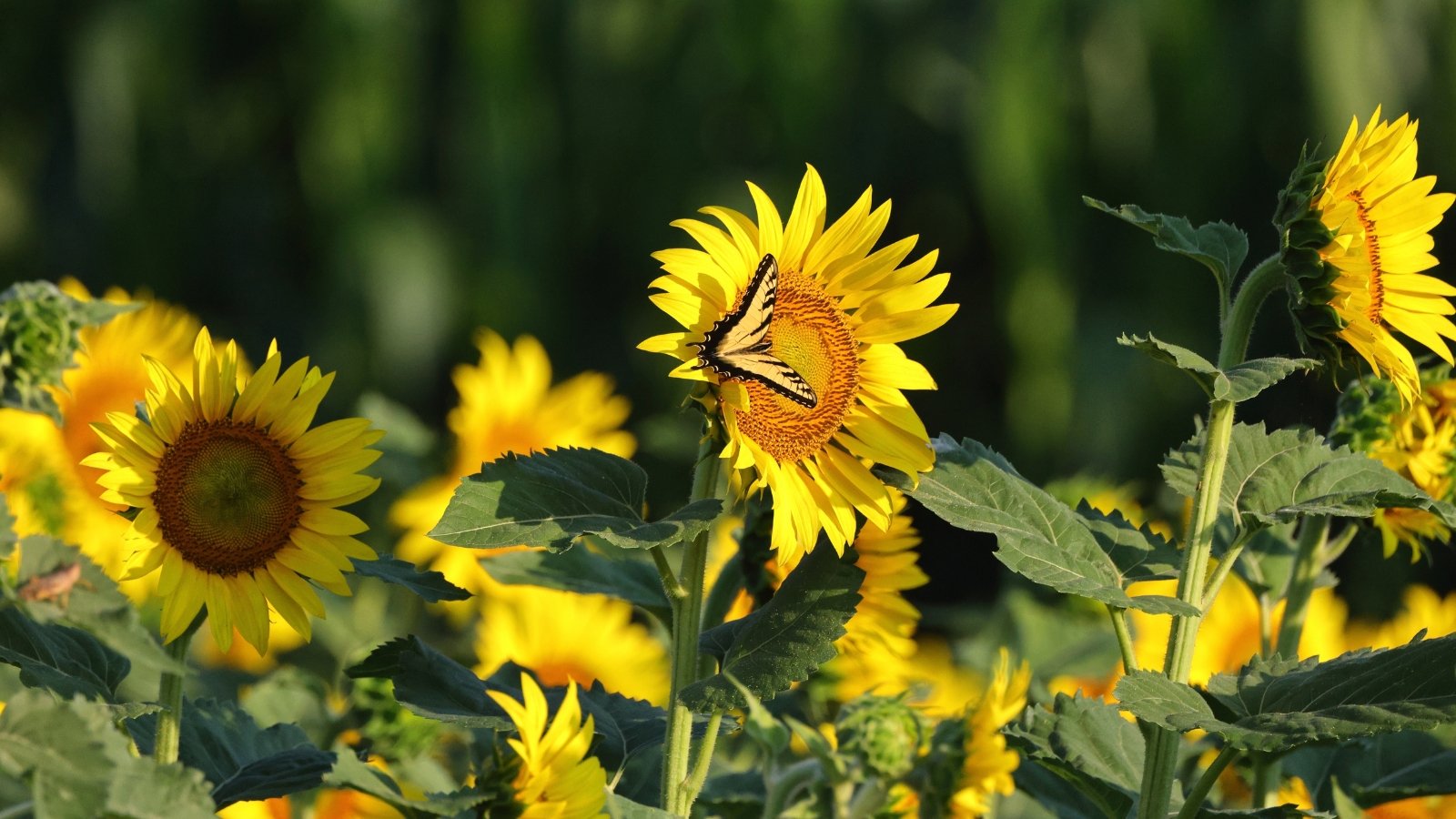
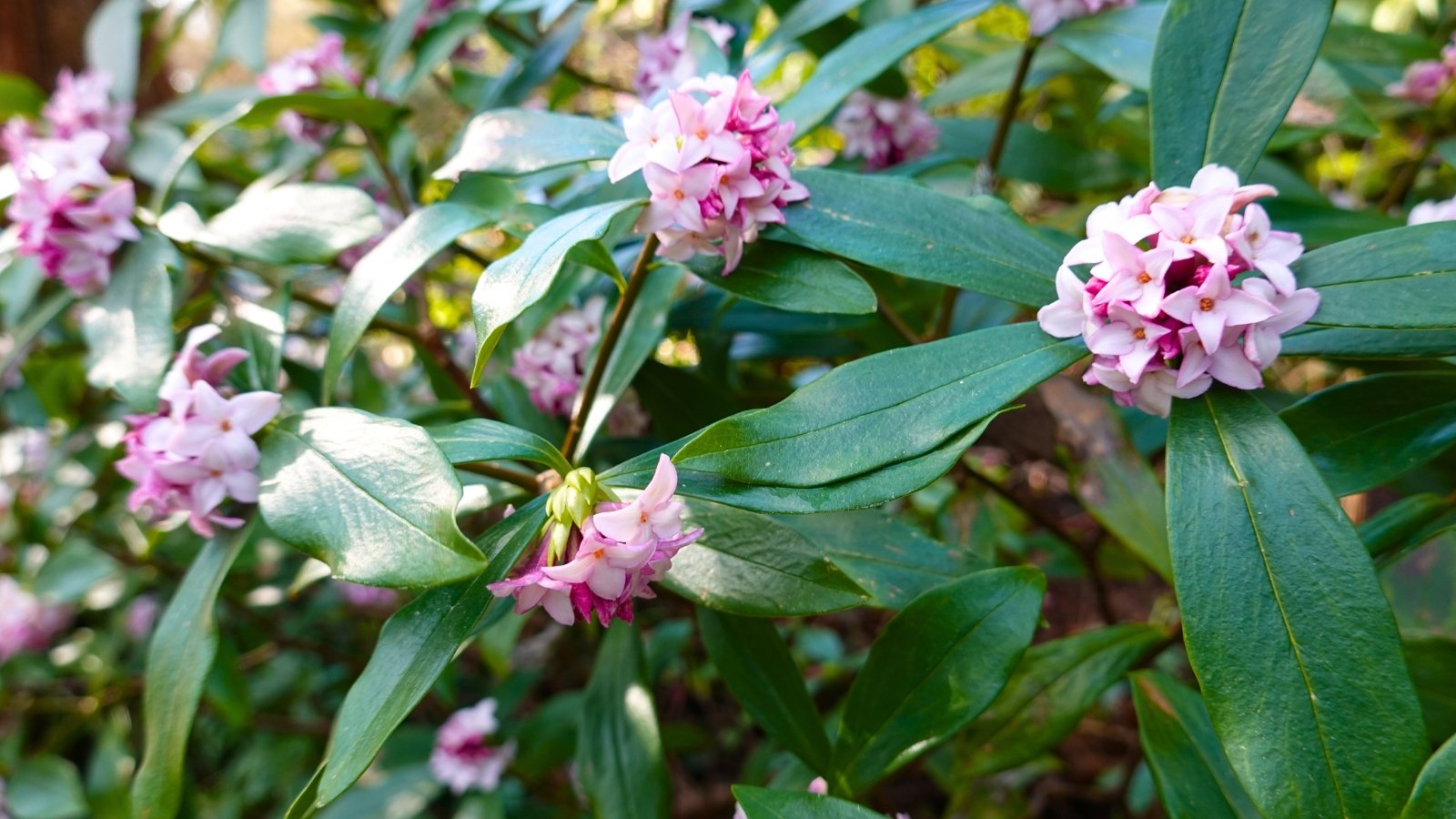














 English (US) ·
English (US) ·  French (CA) ·
French (CA) ·